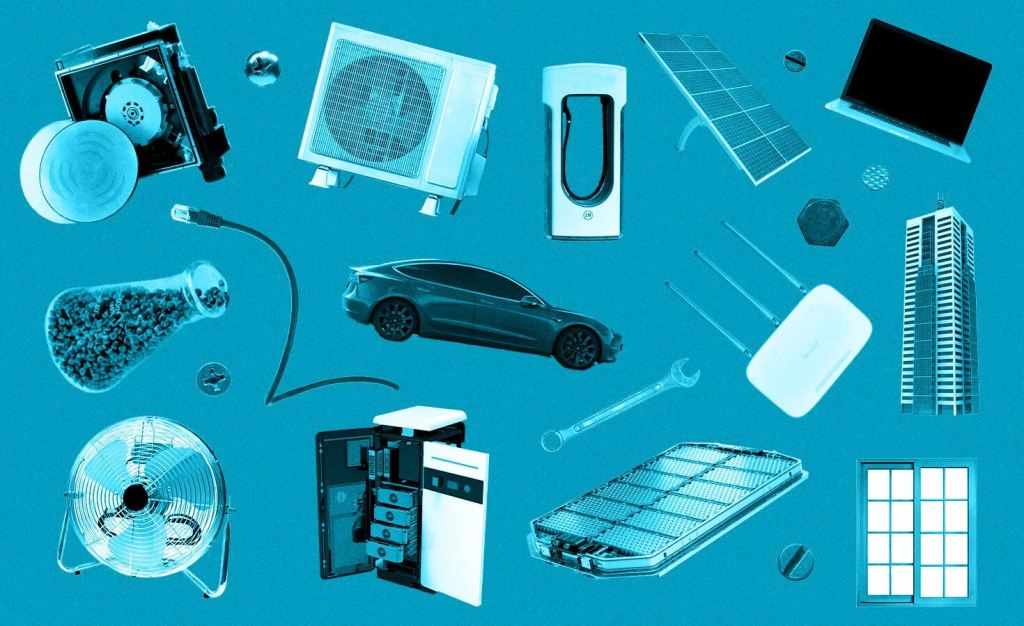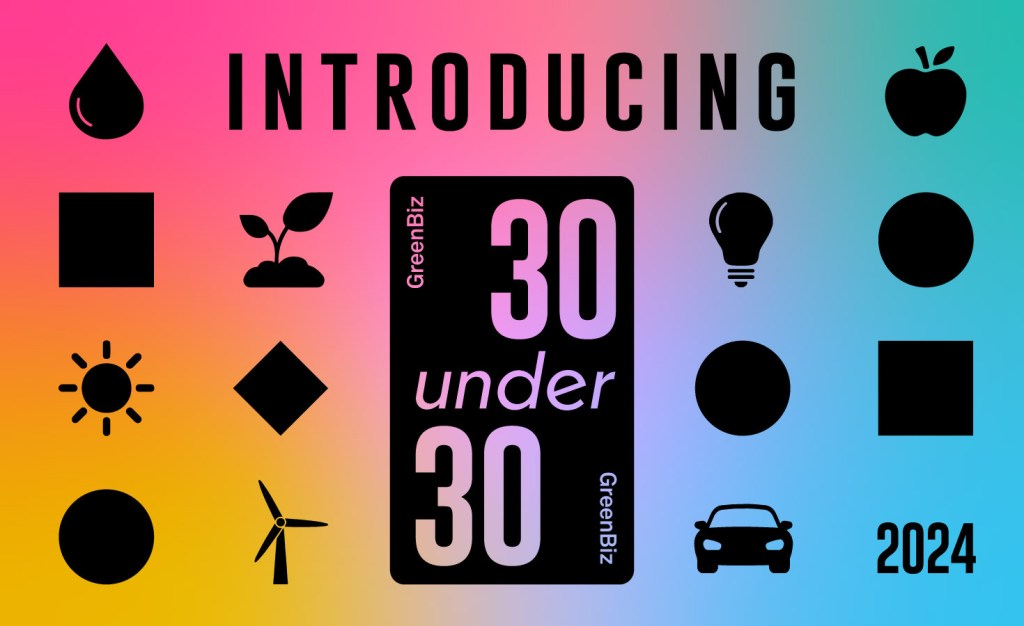UPS taps finance exec to lead sustainability strategy
Scott Childress was deeply involved in developing the $91 billion logistics company's ESG accounting and disclosure processes. Read More

Send news about sustainability leadership roles, promotions and departures to editor@trellis.net.
Delivery and logistics company UPS appointed Scott Childress, a finance and investor relations exec who led the automation of its monthly emissions accounting, as chief sustainability officer starting in October.
Childress, who joined UPS in 1997 supporting its air cargo operations, assumed the CSO title from Laura Lane, who left the $91 billion company at the end of September. He was also named as president of sustainability for the organization, reporting to Nando Cesarone, executive president and president for UPS’ U.S. operations.
Lane was also responsible for global communications, including employee engagement; public policy and government affairs; and the UPS Foundation. Those roles were assigned elsewhere within the organization. Lane hasn’t disclosed her next move.
No stranger to UPS emissions accounting
Childress has extensive experience in finance and investor relations roles, and has already worked behind the scenes on systems that will be important for delivering on the corporation’s climate goals.

He most recently was chief financial officer for the UPS Network of the Future, a $9 billion automation initiative that will close about 200 manual sorting facilities while tripling facilities outfitted with advanced robotics to around 400.
Childress was also responsible for creating the digital system that’s used to collect monthly information about UPS’ emissions across all three scopes, something he describes on LinkedIn as “one source of truth for business unit and customer reporting, and measurable progress on external milestones.”
He built the team tracking UPS climate-related performance data at the regional and country level and led UPS’ efforts to prepare for disclosures required under the European Union’s Corporate Sustainability Reporting Directive and the U.K. Emission Trading System.
UPS reduced its global greenhouse gas emissions to 30,626,000 metric tons in 2023, down 8.1 percent from the previous year. It has converted 28.8 percent of its ground operations to alternative fuels, and is aiming for 40 percent in 2025.
Over the next decade it has big aspirations. UPS seeks to switch 30 percent of the fuel for its air network to sustainable aviation fuel. Childress built forecasting and financial roadmaps for that transition.
UPS also aims to achieve 100 percent renewable energy for its operations. It’s at 10.9 percent currently. UPS’ long-term goal is to achieve carbon neutrality by 2050.














